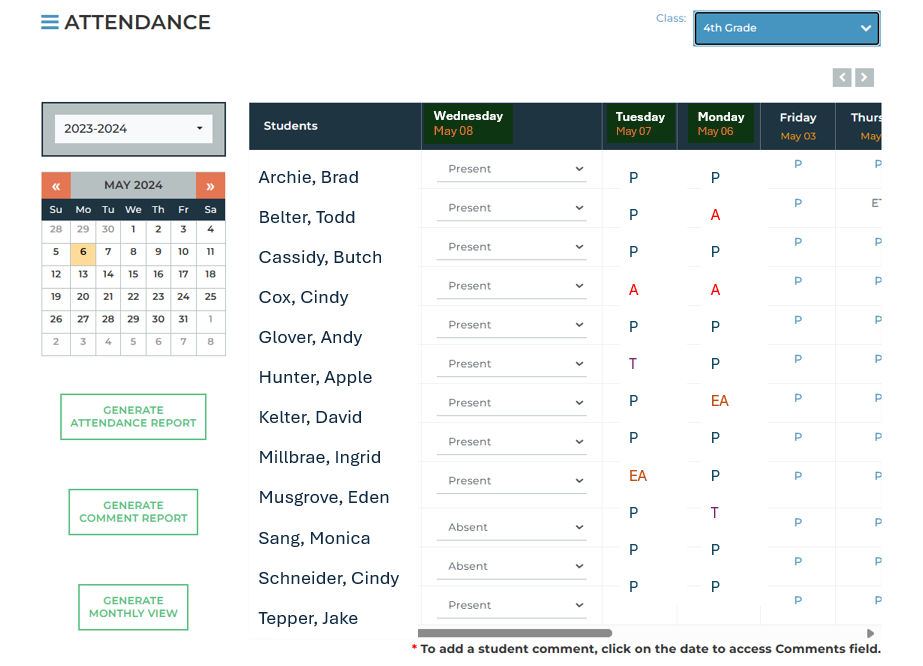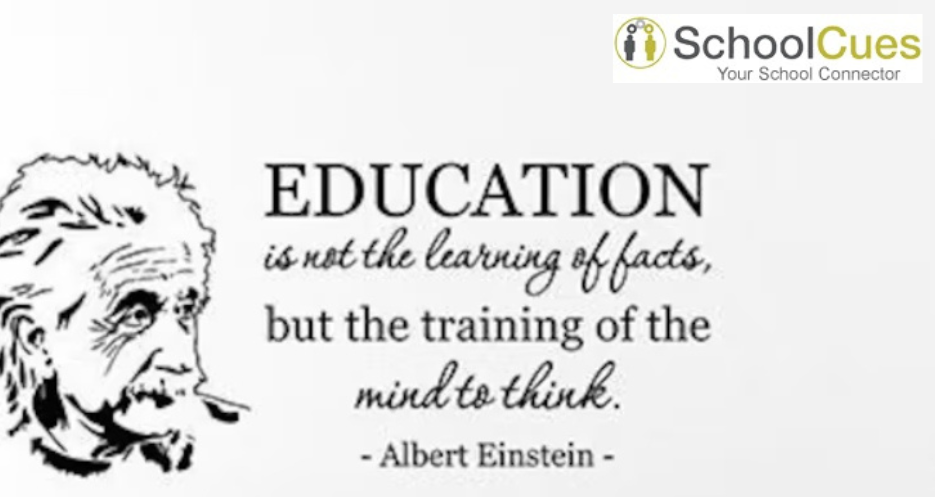In the dynamic landscape of education, school enrollment systems play a pivotal role in shaping students’ educational journey. Although these systems serve primarily administrative purposes, they also significantly impact students, parents, and educators. School enrollment systems must integrate effective goal-setting strategies to ensure excellence in education and streamline the enrollment process. This article will discuss the importance of goal-setting within these systems and outline a comprehensive roadmap to excellence.
Einstein said, “Education is not the acquisition of facts, but the training of the mind to think.”
The Significance of Goal Setting in School Enrollment Systems
Goal setting is not an unfamiliar concept, but its integration into school enrollment systems remains unexplored. By setting clear and strategic goals, educational institutions are able to offer benefits like:
- Efficiency and Accuracy: By establishing clearly defined goals, schools are able to streamline enrollment procedures, reducing redundancies and errors. The result is a faster processing time and a more efficient enrollment process.
- Improved Communication: By setting goals, schools are more likely to establish better communication channels between administrators, parents, and students. Enhancing transparency, reducing misunderstandings, and fostering community trust are the results.
- Enhanced User Experience: Enrollment systems designed with user-centric goals are more user-friendly. Students and parents will be able to navigate the process more easily, resulting in a positive start to their academic careers.
- Data-Driven Insights: School administrators can gain valuable insight into enrollment trends, demographics, and preferences by establishing data collection and analysis goals. For future enrollment cycles, this information can be used as a guide to make informed decisions.
- Personalized Approach: Personalized enrollment experiences foster a sense of belonging by meeting the unique needs and preferences of students.
Steps for Road to Excellence, Using Enrollment Management System
Embarking on the road to excellence through enrollment software involves strategic steps. First, institutions should assess their current enrollment processes to identify pain points and areas for improvement. As a result of this understanding, it is beneficial to establish measurable and clear goals, addressing issues such as streamlining administrative workflows, improving user experience, and improving data accuracy. The selection or development of enrollment software that is aligned with the goals has become increasingly important once these objectives have been defined.
Here are the top seven strategic steps for the road to excellence
Step 1: Needs Assessment and Goal Identification
The first step toward excellence is a comprehensive assessment of needs. Schools should evaluate their current enrollment processes in order to identify pain points and areas for improvement. It is important to formulate specific goals based on these insights. These could range from reducing enrollment paperwork to enhancing diversity within the student body.
Step 2: Clarity and Specificity
The enrollment system should set clear, specific, and measurable goals. To reduce enrollment verification time, you could set a goal such as: reducing enrollment verification time by 20% by the end of the academic year.
Step 3: Stakeholder Involvement
The process of making effective decisions requires the collaboration of all stakeholders. It is important for school administrators, teachers, parents, and students to contribute their perspectives. By doing so, you ensure well-rounded goals as well as a sense of ownership and commitment to achieving them.
Step 4: Integration of Technology
Incorporating technology into enrollment systems is an integral part of modern education. User-friendly interfaces, mobile compatibility, and data security should be the goals of digital transformation.
Step 5: Continuous Monitoring and Adaptation
Educational goals should not be static but evolve as the educational landscape changes. To determine the effectiveness of the goals set, regular monitoring and assessment is necessary. The school should be prepared to adapt and refine its strategies if certain goals are not achieving the desired results.
Step 6: Celebrating Milestones
Recognizing milestones is essential. A culture of continuous improvement begins with acknowledging successes, whether they be a reduction in enrollment processing time or an increase in applicant diversity.
Step 7: Feedback Loop Implementation
Feedback is a key component of excellence. Schools should encourage feedback from all stakeholders about their enrollment experiences. By using this feedback, existing goals can be refined, and new goals can be set to meet the organization’s needs.

Schoolcues: The Ideal Student Enrollment Software Solutions
School enrollment systems should not be overlooked in the pursuit of educational excellence. Using enrollment management software, educational institutions can improve efficiency, communication, user experience, data analysis, and personalization by setting clear and strategic goals.
It’s a tedious process for both administrators and parents to enroll their children in school. While it is a time-consuming, paper-intensive, and labor-intensive process, our online admissions system simplifies the enrollment process. To complete the enrollment process, teachers and administrators no longer need to send parents dozens of emails and paper forms. With SchoolCues’ Form Builder and Contract Builder modules, you can create any number of forms to send electronically to parents in an extremely simple manner.
Sign up for a free demo today!
